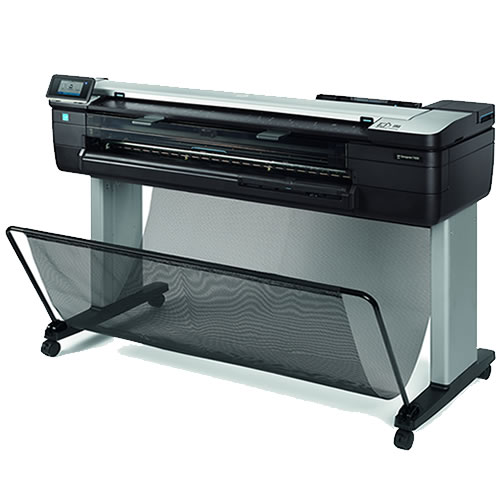
When creating a large format image, we generally recommend designers work with at least 300 dpi. That’s because while a photo may appear pixelated close-up, it looks perfectly fine when viewed across a room – and in order to enlarge the photo, the number of pixels per inch will decrease. A photo that’s 300 dots per inch (dpi) in a magazine would only be 14 dpi when stretched across a 15-foot banner. However, the larger the viewing distance, the lower an image’s effective resolution can be. But as images are enlarged, their resolution decreases. Viewing distance is an important consideration for large-format graphics since understandably, larger viewing distances will also require larger images. RESOLUTION REVOLUTIONĭepending on the venue and nature of a large-format image, audiences will view images from different distances. Here are some tips and tricks we have picked up over the years to make large format printing work.

The result is sleek, bold and eye-catching imagery that will have an impact for any business.

The most impactful and eye-catching creative content is being produced with large format printers. It’s an arresting image, and we believe it’s the kind of thing more businesses should do to impress visitors to an office, store or event. If you visit any of the Gordon Flesch Company demo rooms, the first thing you will see is a giant photograph of the local downtown area, blown up to cover an entire wall.


 0 kommentar(er)
0 kommentar(er)
